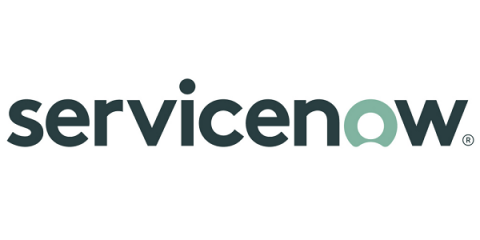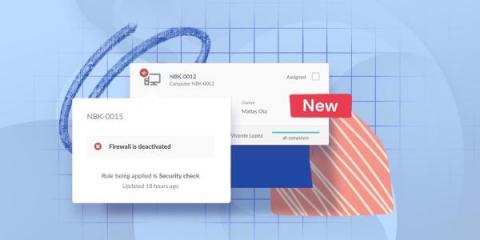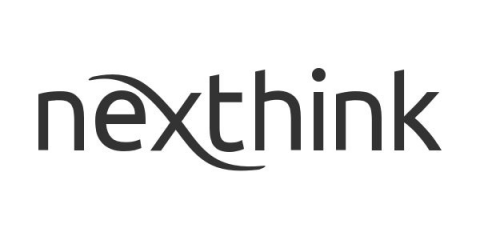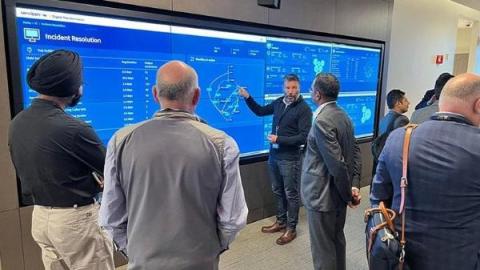Operations | Monitoring | ITSM | DevOps | Cloud
Latest News
Banner Health streamlines vendor management across the organization
Healthcare organizations face myriad risks, from data privacy and corporate compliance to medical malpractice and environmental safety. With more than 30 hospitals and numerous specialized facilities across six states, US nonprofit Banner Health had different vendor management processes across the organization. “I wanted Banner Health’s teams to work together efficiently,” says Cameron Nickerson, IT vendor management director at the health system.
InvGate Insight Update: Easier Access to Health Rules
Configuration change management process best practices
Nowadays, with growing infrastructure and increased complexity, it’s near impossible to manage configuration changes manually. Let’s look at an example scenario. Imagine you are the network admin of a large enterprise network handling 5,000 devices. You cannot remember the configuration of every device, especially if the network environment also supports multi-vendor devices.
The Appropriate and Perfect Asset Tracking Stickers
5 Technology Challenges of Mergers & Acquisitions
Mergers and acquisitions are complex. So complex, in fact, that up to 90% fail. One of the biggest risks for M&A failure comes during technology integration. At this stage, enterprise security, compliance, and employee productivity can all be irreparably disrupted. IT needs to walk a fine line between staying on schedule and maintaining stability.
7 Process Improvement Examples (+ 4 Actionable Tips)
Process improvement is the continuous refinement of workflows within an organization. To achieve operational excellence, you need to relentlessly work on improving your processes. By doing so, you will minimize waste, optimize resources, and improve quality and productivity. Without any hesitation, let's explore the best process improvement examples.
5 must-haves in your problem management software
What is problem management? In ITSM terms, an incident is a single unplanned interruption or reduction of the quality of an IT service. A problem, on the other hand, is a larger issue. ITIL™ defines a problem as “a cause or potential cause of one or more incidents.” Problem management entails the set of processes and activities responsible for managing the lifecycle of all problems that could happen in an IT service.
InvGate Obtains SOC 2 Certification: What it Means for You
CEO Dashboard: A single-pane view into business operations performance
“Leadership is the capacity to translate vision into reality,” according to organizational consultant Warren Bennis. As a leader, you need to have a vision that you can bring to life for your employees, customers, partners, and investors. That’s why we created the CEO Dashboard.










